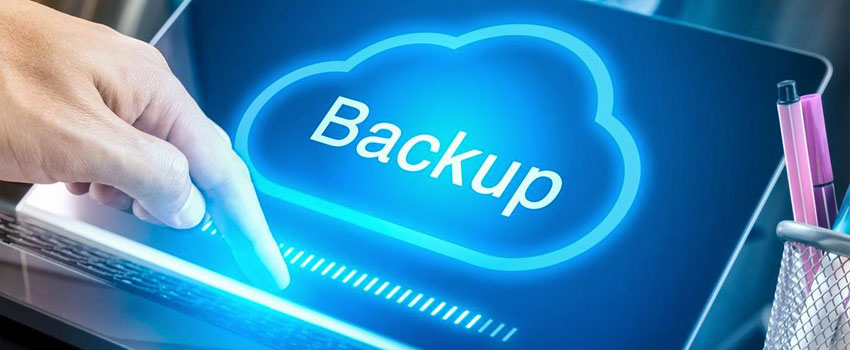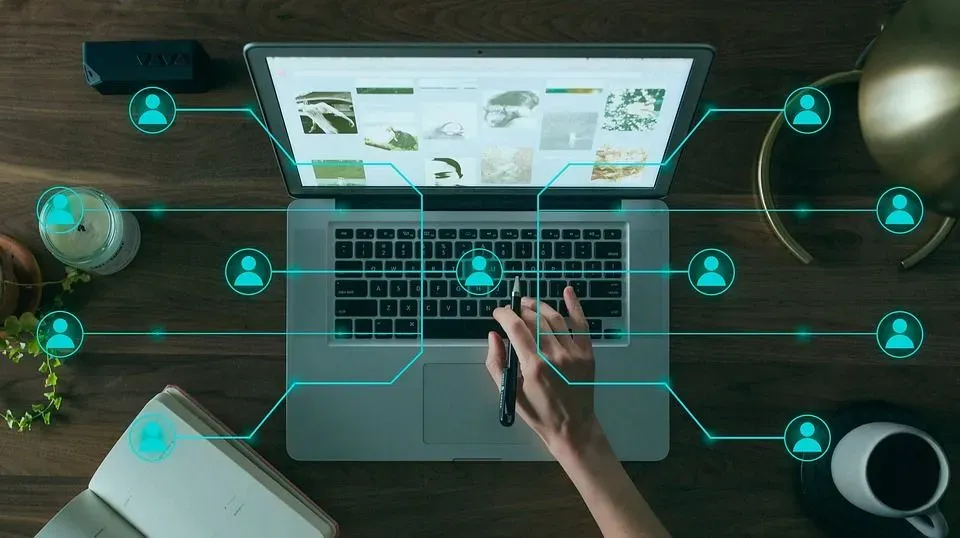Optimizing Technical SEO Elements To Improve Website Speed And Crawl Efficiency
A good website brings people in, and it also makes sure search engines can find and read the pages. If site owners work on technical SEO, the site gets quicker, people can use it more easily, and the pages get noticed by search engines. Speed and how fast search engines visit your site help with how the site shows up in search and where it appears. A well-prepared website means users move around easily and search engines read things the right way. This helps create a stable online place with lasting results from teams like seoways agency.
Improving Website Structure
A clear structure helps the people who use your site and search engines find their way around each page with ease. When the site is set up well, it cuts down on wasted crawl work. This means pages get found and shown faster.
- Set up simple paths on your site so crawlers can move around the sections with ease.
- Put content that talks about the same things together. This makes the topic clear and strong.
- Try not to make visitors go through too many pages. This helps crawlers find what they need fast.
- Make sure all the key links show up close to the start.
- Keep the site setup neat. This lets you share links well between pages.
Enhancing Crawl Efficiency
Search engines use their crawl budget on websites that show good content and matter most to people. A site that works well lets search engines find key pages fast, so they get added without wasting time or effort.
- Stop the same content from showing up more than once. This helps crawlers use their time better.
- Show crawlers strong signals so they look at the most important content first.
- Block pages that do not matter and do not help with indexing.
- Watch how your server answers requests so you do not get errors over and over.
- Change sitemaps fast to show the right and active content.

Boosting Mobile Responsiveness
Many people get to sites by using their phones or tablets. So, it is important for a site to work well on those devices. A smooth experience on mobile can help your site do better in search rankings and makes it easy for search engines to read your site.
- Use layouts that work well on different device sizes.
- Make sure menus for moving through the site do not hide any functions.
- Keep pages loading fast, even if someone uses a mobile data plan.
- Do not use things that get in the way or make the page hard to use.
- Show text and images clearly. Make sure these look good on any screen.
Implementing Internal Linking
Strategic linking within a site helps show crawlers where to go. It makes it easier for them to find and understand your pages. A good linking plan spreads authority to other parts of your website. This can help the top pages get seen more. By linking well, the chances of your important pages showing up are higher.
- Link pages that talk about the same things to help readers see how the topics connect.
- Do not add too many links, because it can make the important pages lose their value.
- Make sure your main pages are easy to get to from other pages on the site.
- Put links in the text where they fit in best and make sense for the reader.
- Look over your links often so you can fix any that do not work by putting in new ones.
Using Data For Performance Insights
Looking at how a website works can show the technical gaps that can get in the way of SEO. Checking the changes you make helps give better results as time goes on. Using seo insights helps make sure your site stays in line with what is needed as things change.
- Track how users move around the site to improve the way people find things.
- Check how fast your website loads on both desktop and mobile.
- Look at crawl reports to find any pages that are blocked or ignored.
- Watch bounce rates to see if your site is easy to use and the content is clear.
- Change technical settings when you see something in the performance data.
A good website gets the technical parts right and keeps things easy for people to use. If you work on the structure and speed and make it easy for search engines to move around the site, you get a stronger platform. A site should open on many devices, like phones or computers, without trouble. Setting up links inside the site and checking how well things work can help the site go up in search results. Doing this in a smart and steady way lets search engines and users feel good about using the website. The site will feel smooth and always be easy to use and get to.


































